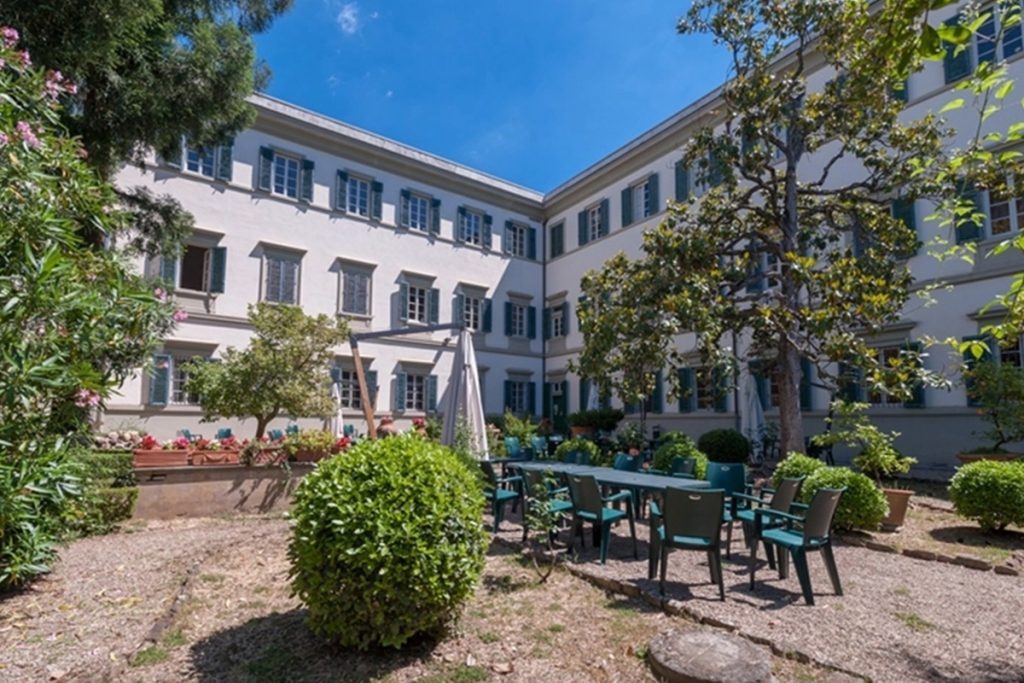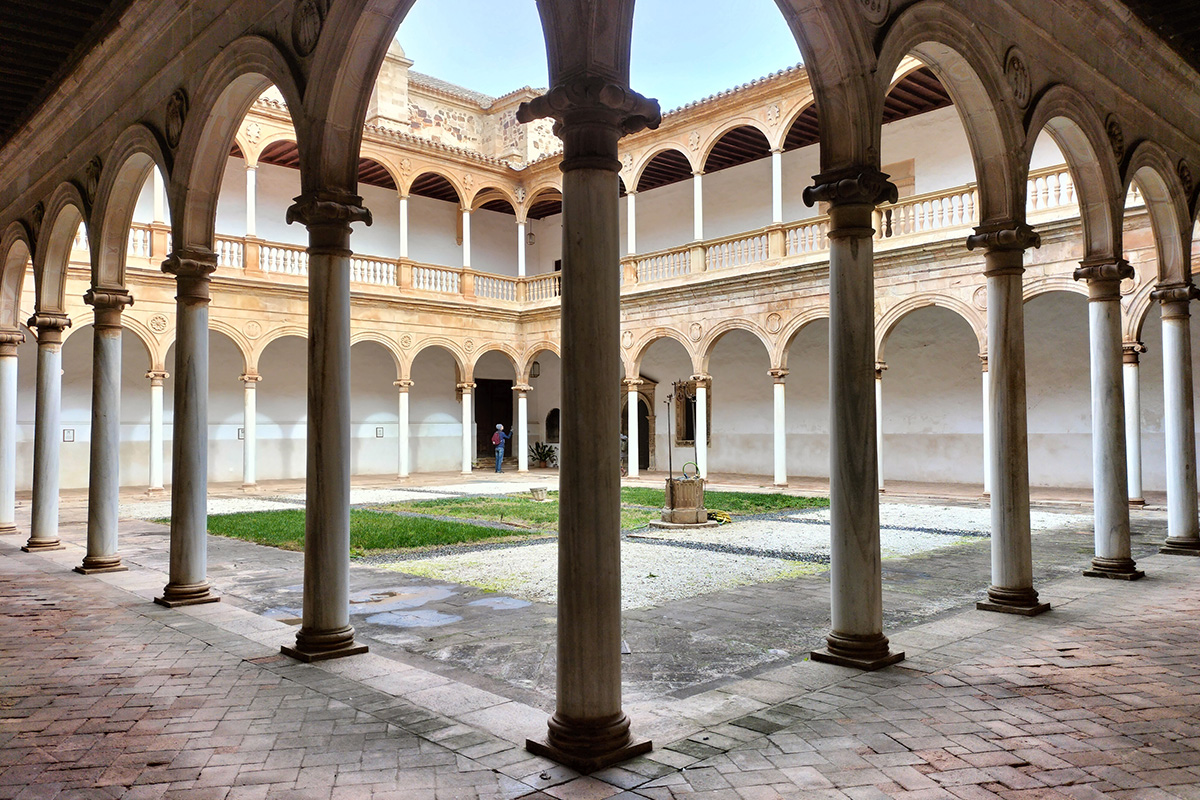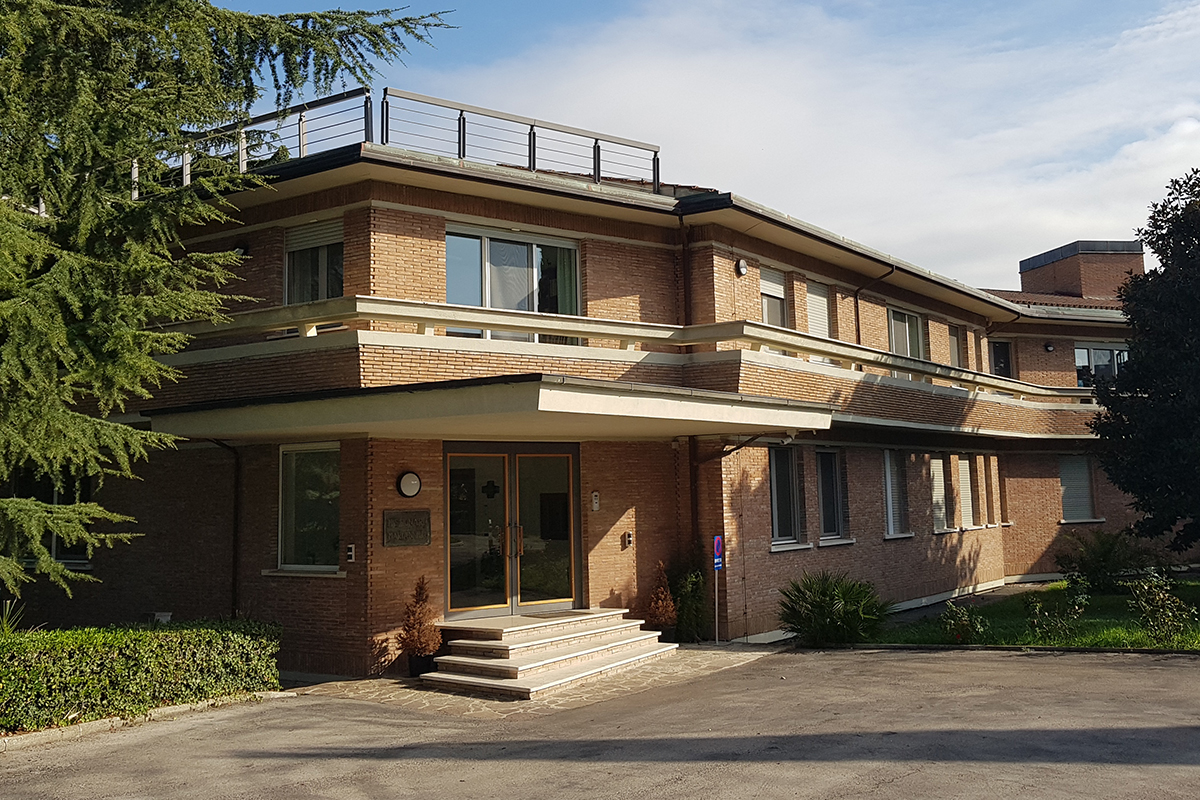|
Getting your Trinity Audio player ready...
|
- The vocational and economic crises are having a significant impact on the lives of religious congregations, who find themselves navigating through a complex period that is shaking centuries-old practices and traditions to their core.
- Honouring the past while preparing for the future by acting in the present: religious congregations today face a real challenge —one that, however, can be won and that also holds opportunities within it.
- The decline in vocations and ongoing economic recession are greatly affecting the management of ecclesiastical real estate. Properties are often too large and financially unsustainable.
- From the age of the buildings to potential building code violations that need to be addressed, from structural features to the rigidity of zoning regulations: a look at the main critical factors affecting religious properties.
- Assessing the actual usefulness of an ecclesiastical property is crucial to determine its future, as indicated by the Dioceses. The alternative is lease or alienate it (which is not always a defeat).
- Strategy, foresight, and a comprehensive vision: this is how IMC Consulting supports religious congregations in navigating this pivotal moment.
Challenges and opportunities
We are living through a time of deep and widespread upheaval – economically, socially, and geopolitically. The balance on the world chessboard is changing, as are people’s habits and ambitions, as well as their frame of reference. All this, inevitably, impacts people’s lives – and religious congregations are no exception. Religious congregations, too, are undergoing a profound transformation, one that challenges long-standing customs and operational models. Crossing various research and analyses, it emerges that within twenty years the (consistent) risk is to have the vast majority of religious buildings empty. Moreover, many already are, with thousands of religious houses and monasteries closed in Italy and around the world in the last forty years. This is indeed a significant challenge, but one that can be tackled – and which, crucially, contains potential opportunities. What’s needed is the rapid development of a forecasting model to assess the likely scenarios that the congregation will face in the near future, taking multiple variables into account. With its years of expertise and proven competence, IMC Consulting can guide congregations through this crucial transformation: let’s find out how.
Managing ecclesiastical real estate
Religious congregations today are grappling with two major difficulties: a decline in vocations and economic recession. These combined factors are having strong repercussions on the management of ecclesiastical real estate¹. This patrimony is divided into:
- properties owned by ecclesiastical institutions (e.g., the Holy See or dioceses): places of worship and spaces dedicated primarily to religious life (such as churches, sanctuaries, convents, rectories, and hospices or infirmaries for religious members).
- properties owned by religious congregations: convents for communal living and spaces used for the religious and social activities to which the entity is dedicated (such as hospitals, orphanages, family homes, retirement homes, schools, boarding houses, and retreat centres).
Regardless of the type, these structures frequently prove to be too large. Not only for today’s housing needs of and the members of religious congregations, but also for collateral pastoral activities (training courses, spiritual retreats, holidays). Many of these vast spaces now lie unused, representing not only inefficiency but also a heavy financial and maintenance burden. In the past, properties were managed entirely by religious members who received little to no pay. Today, due to the decline in vocations, lay staff must be employed—at full cost. This, data in hand, has led to the closure of schools, hospitals and rest homes not only in Italy, but also in the rest of Europe and the United States, where we are witnessing the same vocation crisis.
Critical Factors to Consider
In addition to oversized facilities, there are several other critical factors affecting religious real estate:
- aging structures and poor or absent maintenance over time;
- building abuses, which must be regularised before alienation or revaluation;
- structural characteristics that sometimes do not allow change of use from one convent to another, e.g. long, wide corridors with load-bearing thorn walls;
- very strict town planning regulations that do not allow changes of use, both in Italy and abroad.
The situation is far from easy. Many congregations simply lack the financial resources to carry out the necessary renovations that would bring buildings up to current safety and efficiency standards. Moreover, these works in Italy often require the intervention of the Superintendency of Cultural Assets and Activities, which can significantly delay the process of obtaining permits and official approvals.
Possible solutions and new directions
In response to these challenges, dioceses have issued several general guidelines in recent years.
- First, assess whether a building is truly useful for pastoral purposes.
- Second, if not, the recommended course is to generate income from it or to sell it.
With alienation, the property may no longer be ecclesiastical, i.e. no longer at the service of the Church. If the choice falls on alienation, priority should be given to selling if possible to another religious congregation or to non-profit organisations that work in the social field and need space to carry out their activities. This represents a significant cultural shift: selling a religious property is not always a loss – it can be a strategic opportunity. For instance, if the proceeds from a sale are reinvested in projects aligned with the congregation’s mission and charisma, the operation becomes a tool for renewal and impact.
IMC’s services for religious congregations
Deciding the fate of ecclesiastical property is a sensitive matter. It must be approached with both a strategic mindset and a long-term vision. At IMC, we treat each congregation – even those divided into relatively autonomous provinces – as a single entity. This holistic approach helps us determine whether a congregation is growing or declining, both in terms of its members and its assets. IMC develops predictive models to help map out possible future scenarios for a congregation – looking as far ahead as 50 years. This overview enables an overall understanding of whether a congregation is growing or shrinking in terms of both membership and assets.
IMC therefore develops a forecasting model that outlines a possible scenario for the religious congregation over a time span of up to 50 years. This operation starts first of all with an analysis of the religious congregation’s assets and goes through a phase of awareness on the part of the latter.
Honouring the past and shaping the future – now
“What is the profitability and value of our overall assets?” This is the first question every congregation should ask itself. Once the value of the real estate and liquid assets has been established, a further step is taken, checking whether the congregation has sufficient income and resources to sustain itself. Then, the possible diversification of investments and how to increase income is assessed together. At the same time, we evaluate which costs can be reduced or eliminated – and which properties to retain, renovate, or sell. All this is only possible when there is harmony and a shared vision within the leadership councils of the congregation and the Diocese. This is a crucial aspect – and one to which IMC pays particular attention. Alongside professionalism, in fact, listening skills and sensitivity are needed. This is the only way to truly optimise the congregation’s heritage, enhance it and plan its future together.
NOTE
¹ A recent study by Scenari Immobiliari for Il Sole 24 Ore, based on data from the Italian Revenue Agency, estimated that ecclesiastical institutions hold, in Italy only, nearly 46,000 properties (registered under categories B/1 and B/7), including buildings for communal religious life and properties intended for the organization’s foundational mission (e.g., hospitals, orphanages, retirement homes, schools, etc.). It is estimated that 30–40% of these are vacant or underused, and that approximately 40% are in poor condition. In addition, the Vatican’s Administration of the Patrimony of the Apostolic See (APSA) manages about 4,000 properties in Italy, according to its 2022 balance sheet.










